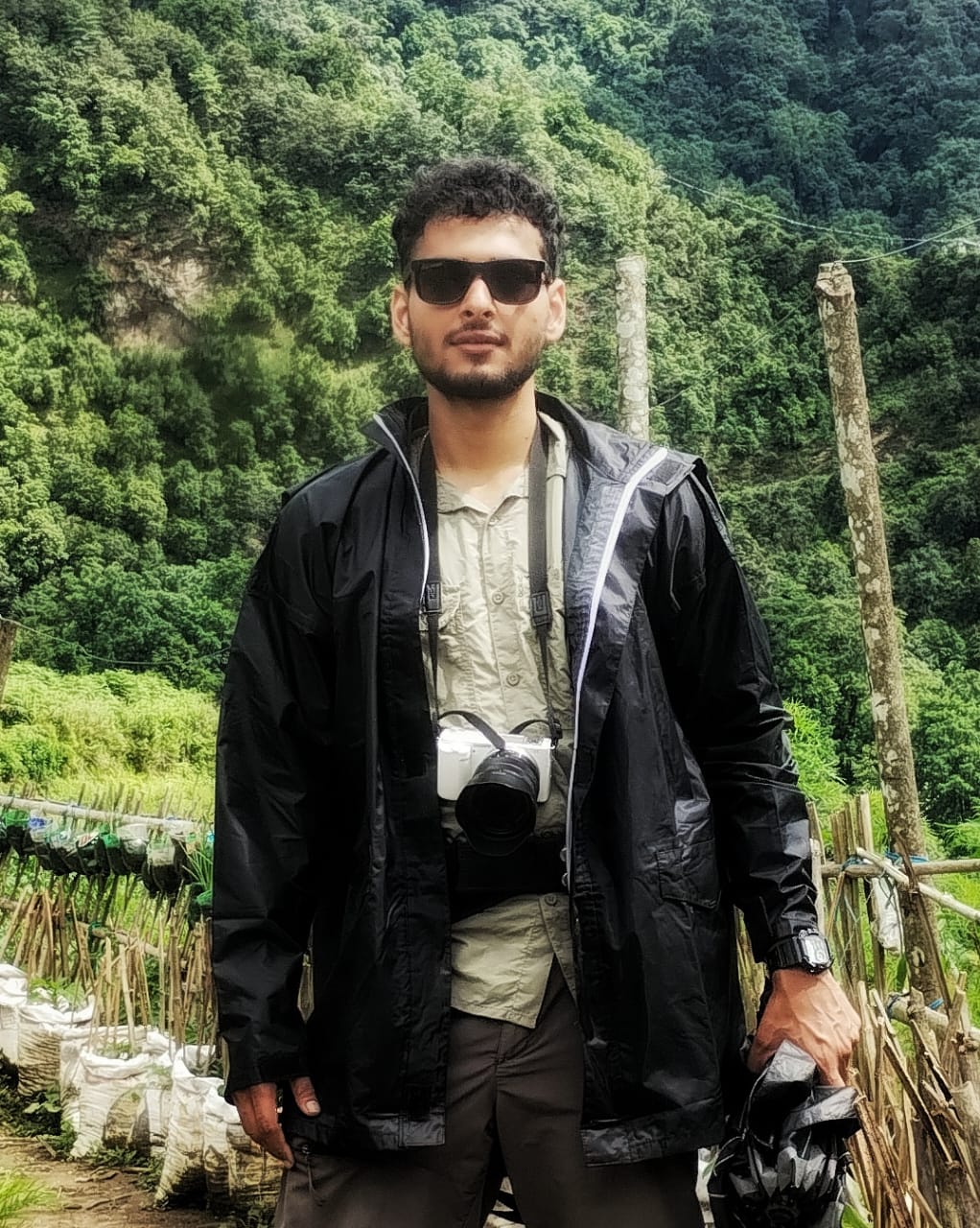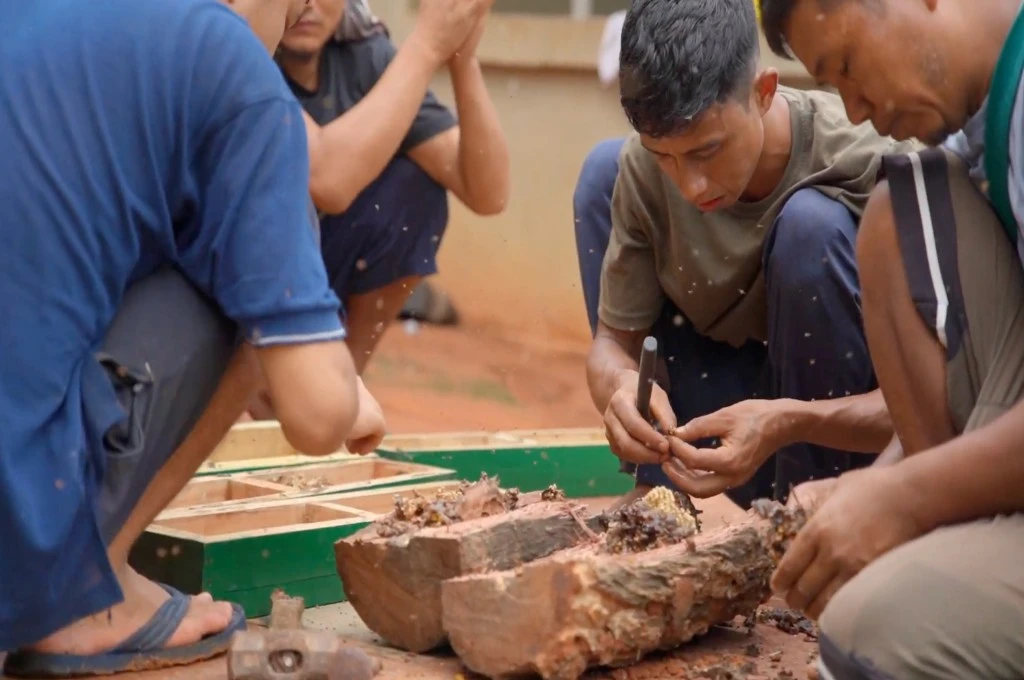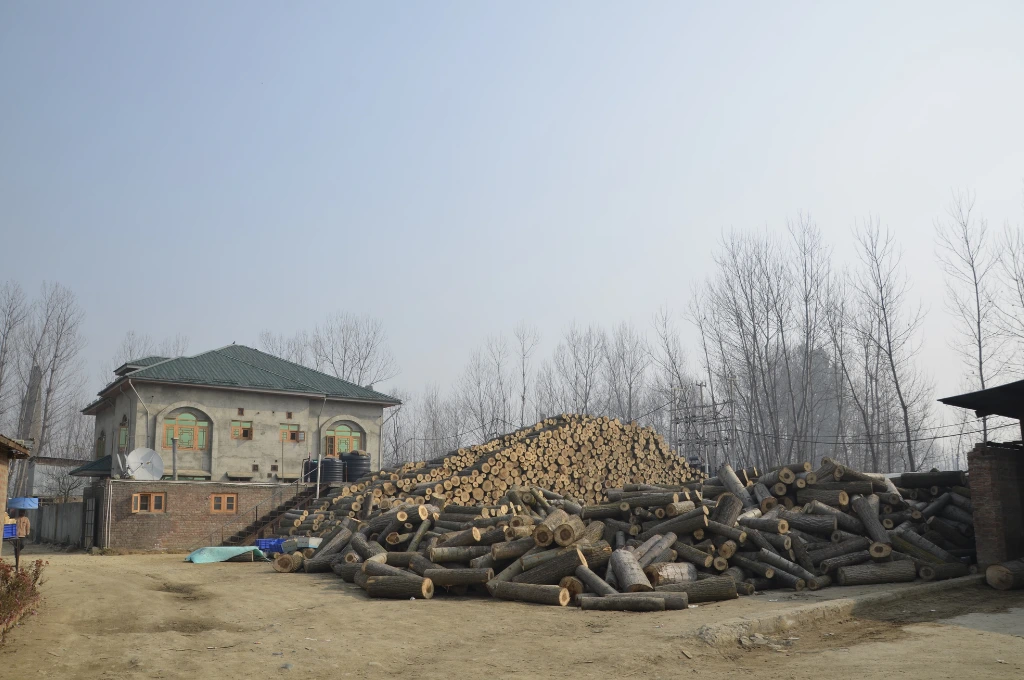Situated at the edge of the Indo-Burma Biodiversity Hotspot, North Tripura district is rich in flora and fauna. It is also home to many communities that have lived in harmony with the land for centuries. Among them are the Ranglongs, an ethnic group within the Kuki-Chin family, who have been an integral part of the sociocultural and ecological tapestry of Tripura.
Originally hunter-foragers and residing in the hilly and forested landscape of Noagang, the Ranglongs gradually shifted towards agriculture. With growing state support for the cultivation of cash crops like rubber and areca nut, the community has steadily been opting for monoculture on private and leased lands. A glimpse at satellite imagery and archival data reveals these changing patterns in the forest cover; however, a lot more is happening on the ground.
Dartinsiaka Ranglong, a resident of Laikhua village, a tiny hamlet bordering the Noagang market, says, “Earlier, when we were hunters, all young men would have to venture into the forests nearby and bring back game for dinner. This was 20–30 years ago, when I was a young man. Now, we’d be lucky to spot even a squirrel in the wild.”

Perched on a hilltop and overlooking the Noagang hills in the south-west, Laikhua is a village comfortably removed from urbanisation. A few decades ago, it was accessible only through a narrow trail connected to a one-lane road that bridged Tripura with Assam. Trucks carrying rations from Assam would stop and unload in Noagang’s fledgling market. In the process, they would also purchase fresh produce from the jhum fields of communities in Laikhua, Balicherra, and other villages that dot these hills. This was the main source of income for the villagers, apart from odd jobs in the labour markets nearby.
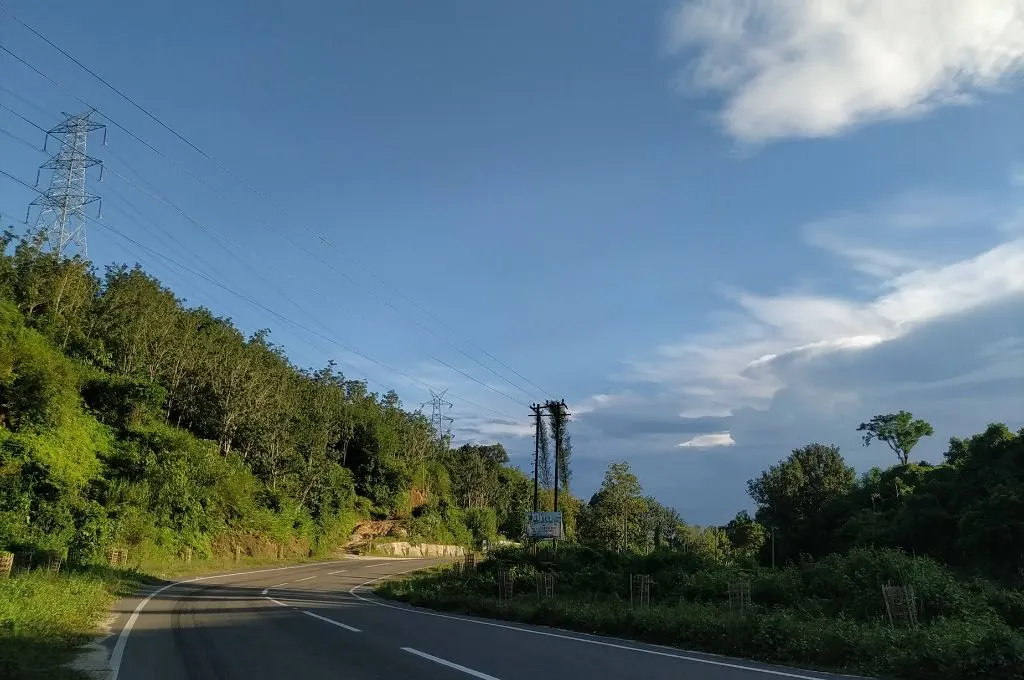
The Ranglongs and other tribes inhabiting these hills would also use different trails to cross over the Longai river into Assam for hunting, trade, and transport. But everything changed when the one-lane road was upgraded to a two-lane highway (National Highway-8), which is now being upgraded to four lanes. Throughout this multi-decade process, the bulldozing of surrounding hillocks and clearing of forests led the communities to consolidate their settlements in villages that were up higher, like Laikhua, and the motorable road slowly began replacing the traditional trails. The Ranglongs now depend almost entirely on the Noagang market and road transport for their logistical needs.

Today, most people in Laikhua produce areca nut and rubber, which are promptly sold in the Noagang market for further processing. “However, nowadays the production is of low quality, and even the amount is much lesser than before,” says Thangliangjoy Halam, a young driver and shopkeeper.
Over the past few decades, the village and the greater Noagang area have also witnessed a steady decline in the quality and availability of bamboo. The Ranglongs are well regarded as master craftsmen of bamboo, and this crop has traditionally been an integral part of their lifestyle. As hunter-foragers, the Ranglongs used to depend almost exclusively on bamboo for hunting equipment, self-defence, and daily sustenance. Bamboo was also omnipresent in their homes in the form of baskets, sieves, and even construction materials. Typically built on the slope of a hill, a Ranglong house is almost fully constructed out of wood and bamboo, materials which provide a balance of the sturdiness and lightness required in such precarious terrains.
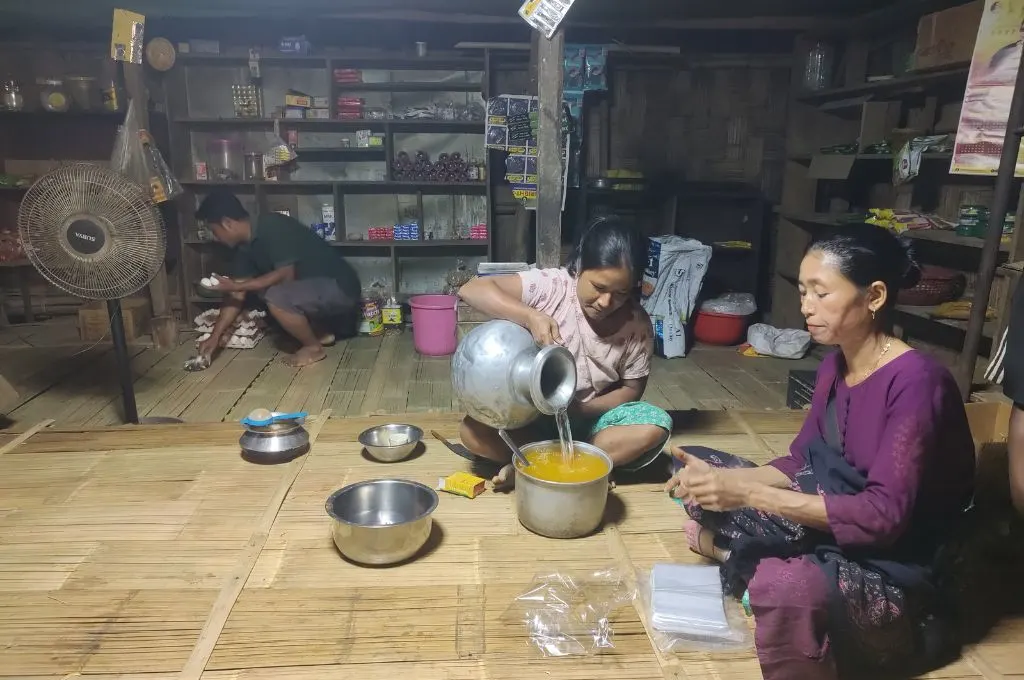
A natural abundance of bamboo crop in this area meant sustainable harvesting cycles through the year, and a supply of materials that the community could use to build organic and environmentally suited architecture. However, the local forests that were once a dependable source of wood and bamboo (with giant sal and dipterocarpus trees providing timber) have now been replaced with areca and rubber plantations.


Incentivised cultivation of profitable cash crops like areca and rubber have shifted the focus from the bamboo value chain. The bamboo industry demands skilled labour and short supply chains that emphasise quality over quantity, often contrary to the areca and rubber markets. Today, much of the bamboo produced from this region is sourced by wholesalers and sold in Dharmanagar and nearby towns. Local bamboo processing and shaping has been all but stifled due to the rise of cheap plastic products, leading the livelihoods of local Ranglong artisans down a route of decline.

The indigenous bamboo economy in Laikhua is slowly being replaced by alternative livelihoods, and the youth are gradually opting for work outside the village.
Thangliangjoy reflects, “I drive a transport car now; my father was a farmer and artisan. Many people from our community were skilled bamboo craftsmen, but now, with no income, we have to take up other jobs.”
Dartinsiaka says, “I was an expert in bamboo craft, and loved to build innovative contraptions for hunting and amusement. I can feel my skills fading away with age, and I don’t know if any of the younger people will remember these after me.” Much of the traditional architectural knowledge now remains with the elders. With reducing communal knowledge exchange, these skills and practices face the threat of erasure from cultural memory.

In the span of a year, new constructions have taken place in Ranglong homes around the village. Concrete walls and brickwork panels now overshadow the classic bamboo and wooden layering, and the Ranglong heritage of sustainable practices is steadily diminishing.
While traditional Ranglong architecture was in tune with their lifestyle and the surrounding landscape, these modern concrete houses are inherently unstable for the sloping terrain. However, this unsuitability has been overshadowed by the economic realities facing the community, including raw material expenses. A single brick costs approximately INR 18, while a workable bamboo stem costs around INR 80. This difference is reflected in the dwindling bamboo-based architecture and craftsmanship in the community, and is likely to become starker as the native bamboo groves continue to shrink to make way for monoculture.

Laikhua is a striking example of how poorly planned development and livelihood pressures alter a community’s ties to its cultural practices and its relationship with the natural world over generations. The Ranglong people’s connection to the bamboo plant, and the rich heritage of craftsmanship associated with it, are now battling erasure. A lack of state support for indigenous ecological practices and diversified cultivation will only hasten this process.
—
Know more
- Learn how the cultural traditions of the Irula people reflect their bond with nature.
- Understand how the expansion of rubber monoculture is affecting Tripura’s natural forests.

